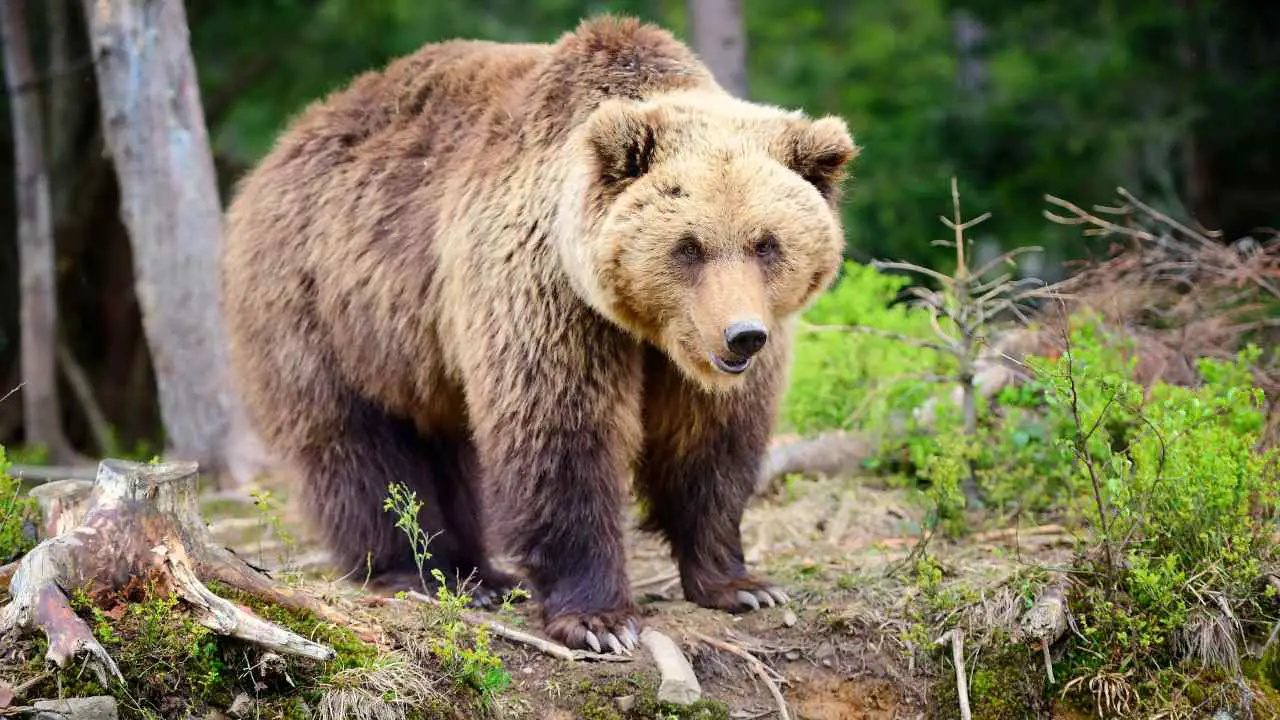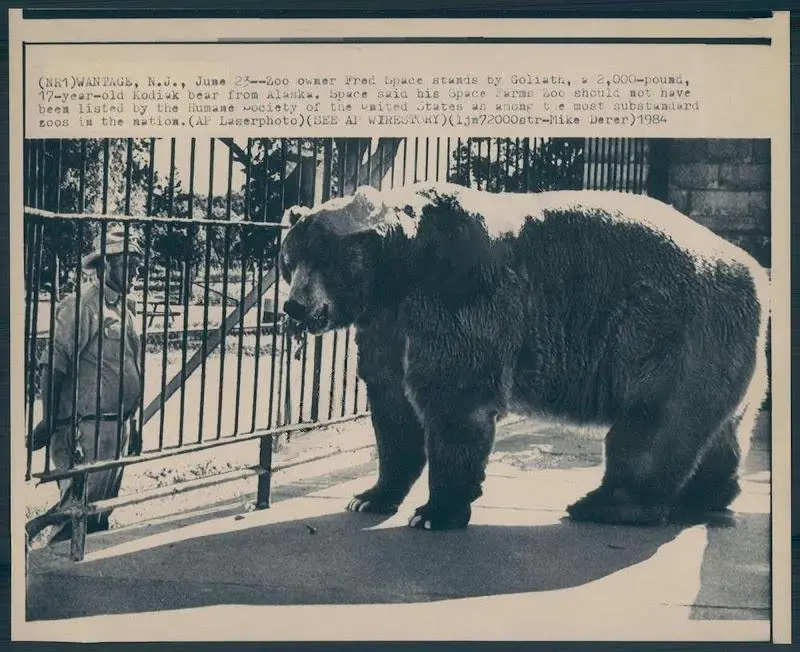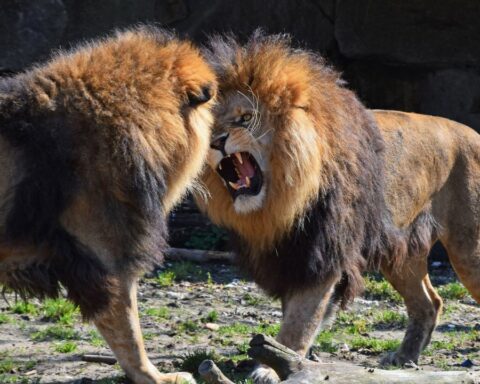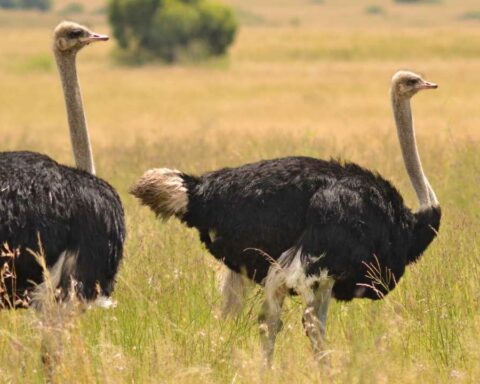Bears, with their imposing presence and captivating behaviors, have been a subject of human fascination for millennia. These magnificent creatures belong to the family Ursidae and are classified as caniforms, or doglike carnivorans. Their lineage traces back millions of years, showcasing a rich tapestry of evolution and adaptation.
Presently, our planet is home to eight extant species of bears. These species are dispersed across various habitats, from the dense forests of North America to the icy realms of the Arctic. Their adaptability and resilience have allowed them to thrive in diverse environments, leaving an indelible mark on the ecosystems they inhabit.
Biggest Bear in the World
When discussing size and stature, two bear species often dominate the conversation: the Kodiak bear and the Polar bear.
Kodiak Bear:

Native to the Kodiak Archipelago in Alaska, the Kodiak bear is a subspecies of the brown bear. It stands out not just for its massive size but also its unique genetic lineage. Having been isolated from other bears for approximately 12,000 years, the Kodiak bear has developed a distinct genetic identity. Interestingly, despite their intimidating size, these bears are primarily herbivores. Their diet is a mix of berries, plants, and fish, reflecting the bounty of their natural habitat.
Polar Bear:

The Arctic’s iconic resident, the polar bear (Ursus maritimus), is another giant of the bear world. It shares a close genetic relationship with the brown bear, and the two species have been known to interbreed. Adult male polar bears can weigh anywhere between 300–800 kg (700–1,800 lb), making them the largest extant bear species. Their diet starkly contrasts with that of the Kodiak bear. Polar bears are apex predators, specializing in hunting seals.
Polar Bears Vs Kodiak Bear
The Kodiak bear, with its impressive stature, can often rival the size of the polar bear. Adult male Kodiak bears have been recorded to weigh up to 680 kg (1,500 lb). In comparison, male polar bears, with their elongated bodies, can measure 200–250 cm (6.6–8.2 ft) in length.
The habitats of these two giants are as contrasting as their diets. Kodiak bears are exclusive to the Kodiak Archipelago, where they roam dense forests, meadows, and river systems. The abundance of food, especially during salmon spawning seasons, supports their large size.
Polar bears, on the other hand, are denizens of the Arctic. Their territories span Greenland, Canada, Alaska, Russia, and the Svalbard Archipelago of Norway. Their survival intricately links with the sea ice, which they use as platforms to hunt seals. However, the melting ice during summers often pushes them onto land, presenting challenges to their traditional hunting methods.
Biggest Bear in the World Ever Recorded
The records of the largest bears ever recorded are nothing short of awe-inspiring.
Polar Bear:
The heaviest polar bear ever recorded weighed a staggering 1,002 kg (2,209 lb). This male bear was found in the Kotzebue Sound in northwestern Alaska in 1960. When standing on its hind legs, such a bear could easily reach up to 3 meters (nearly 10 feet).
Kodiak Bear:
The record for the Kodiak bear is held by a wild male that weighed 751 kg (1,656 lb), now on display at the Anchorage Airport. Another noteworthy mention is “Clyde,” a captive Kodiak bear. Living at the Dakota Zoo in Bismarck, North Dakota, Clyde weighed a colossal 966 kg (2,130 lb) a year before his death in 1987.
While these record sizes are exceptional, they don’t represent the average size of their species. Both polar and Kodiak bears play pivotal roles in maintaining the ecological balance of their habitats. Their sizes, behaviors, and diets have evolved over millennia, adapting to the challenges and bounties of their environments. As we continue to study and understand these magnificent creatures, it becomes imperative to ensure their conservation and the preservation of their natural habitats.
The world of bears is vast and diverse, with each species offering unique insights into evolution, adaptation, and survival. As we marvel at their size and strength, let’s also commit to understanding their needs and ensuring their continued existence on our planet.







